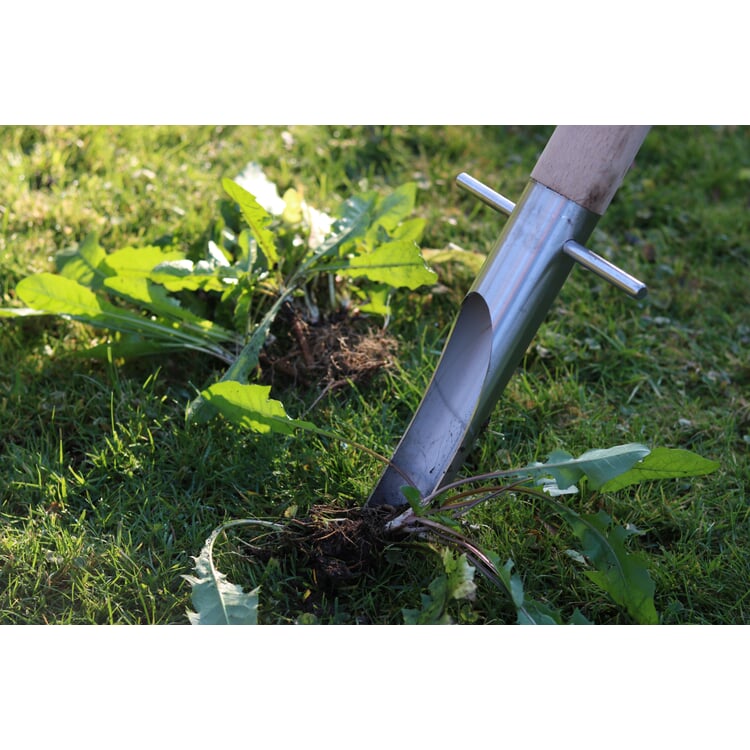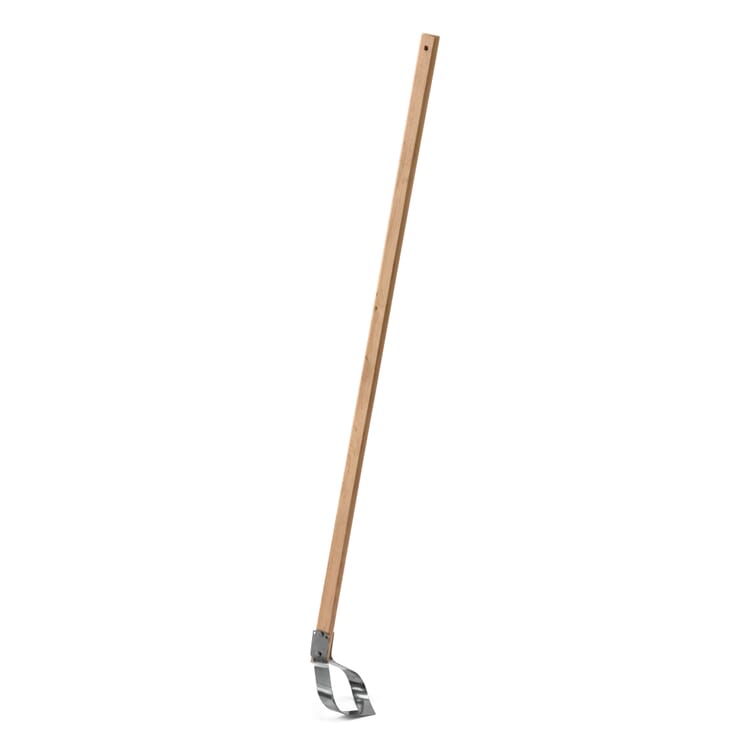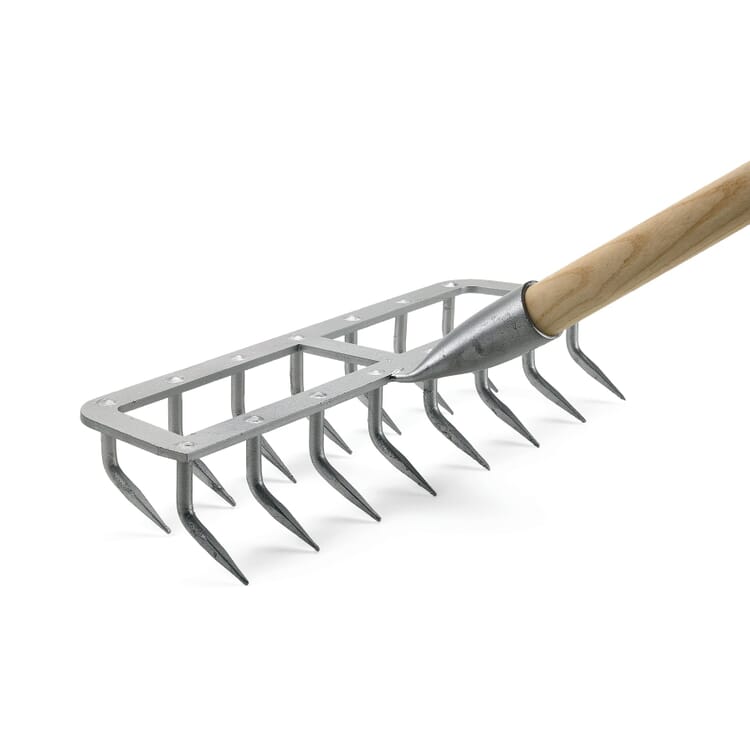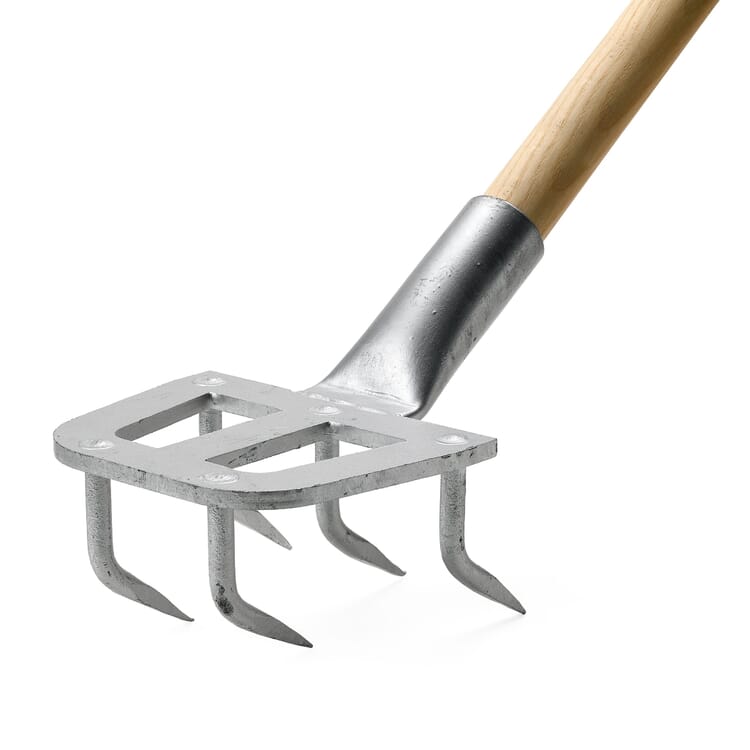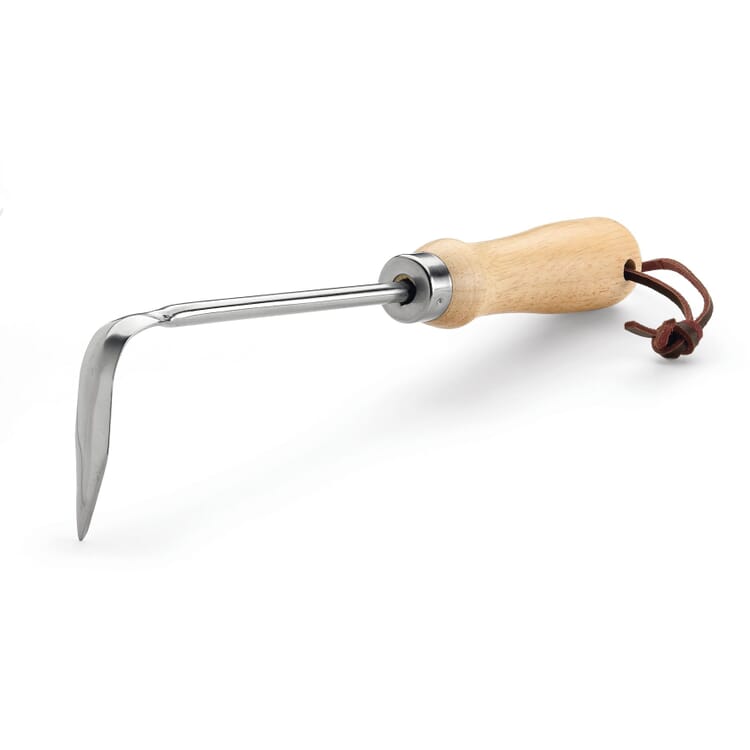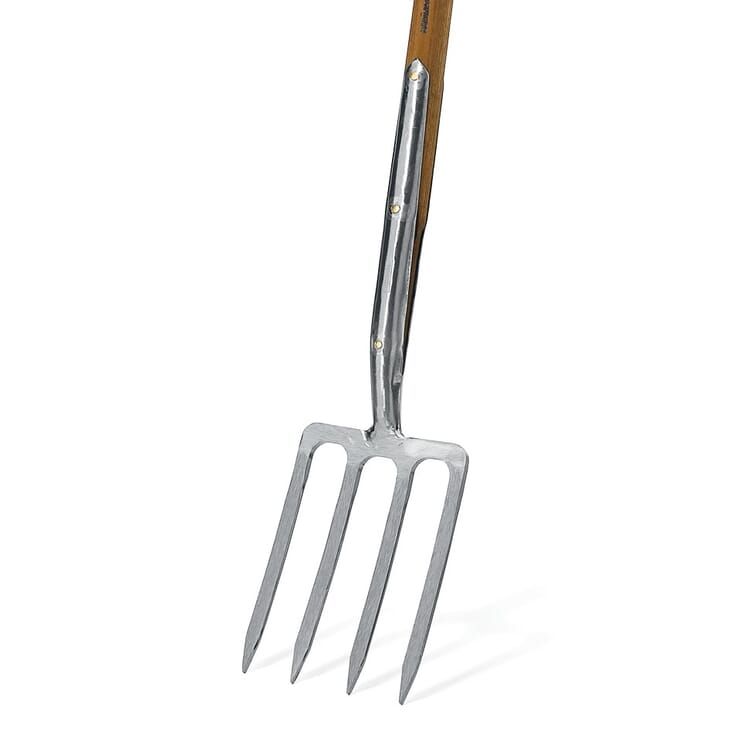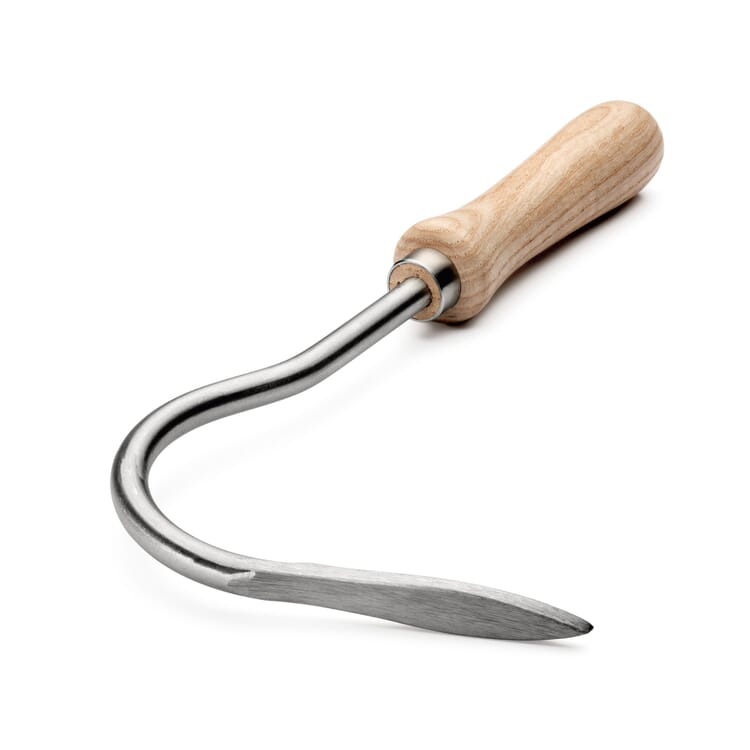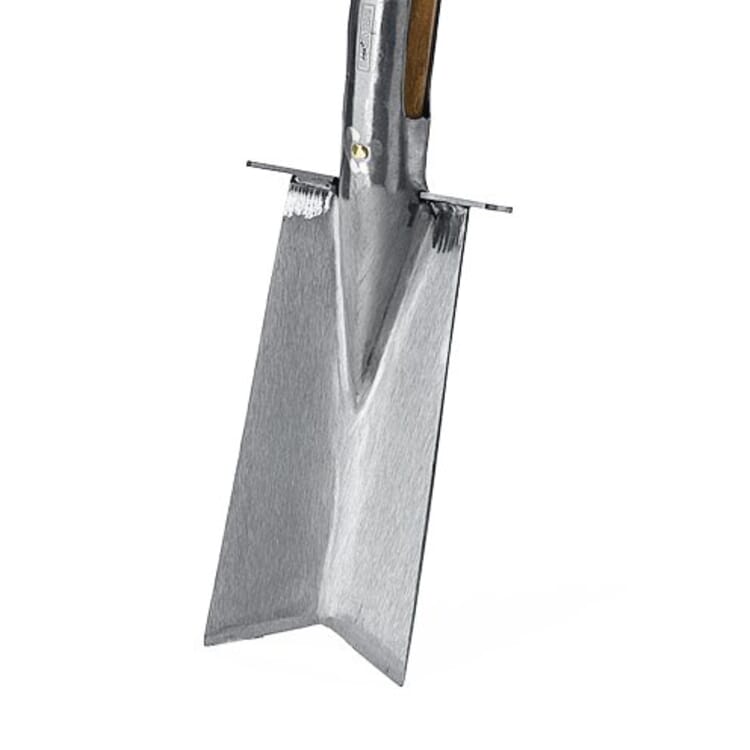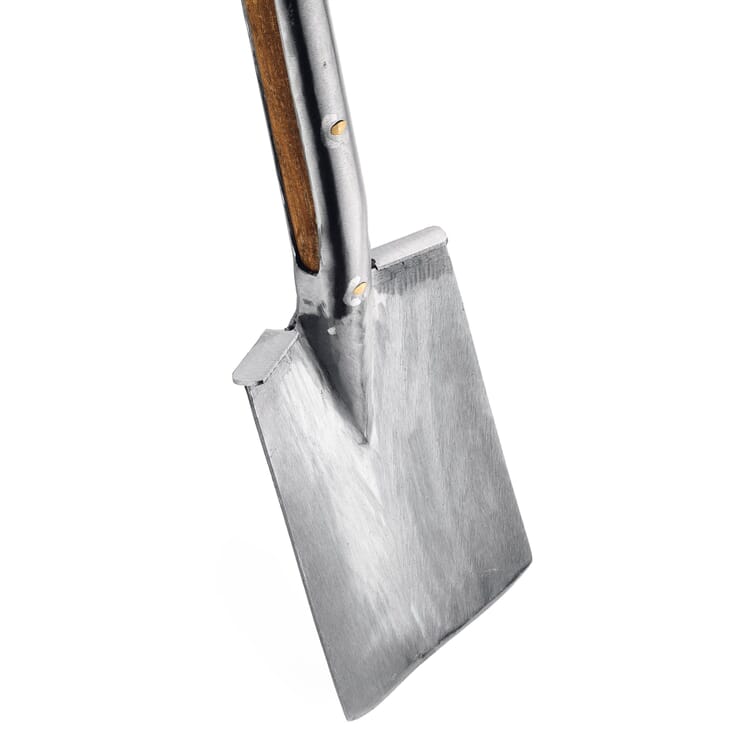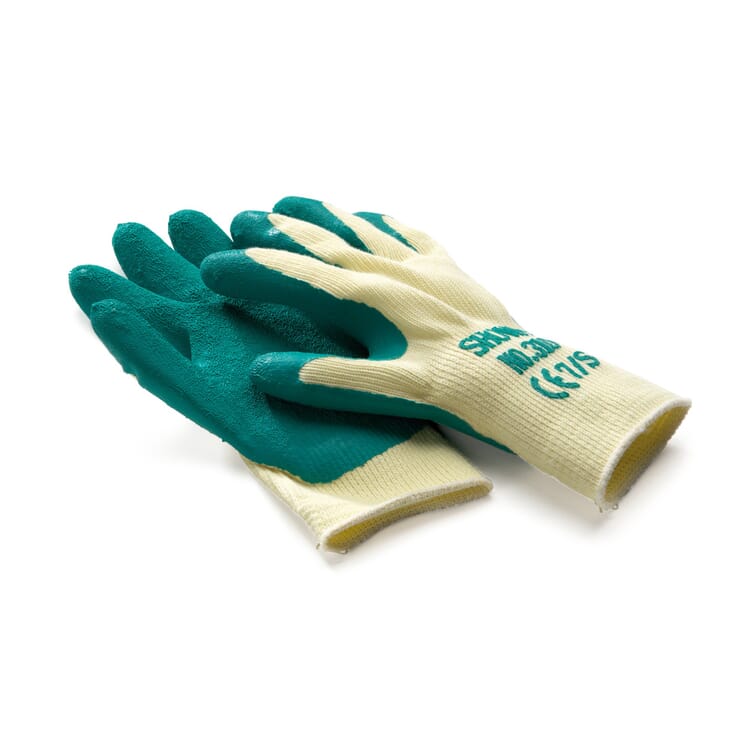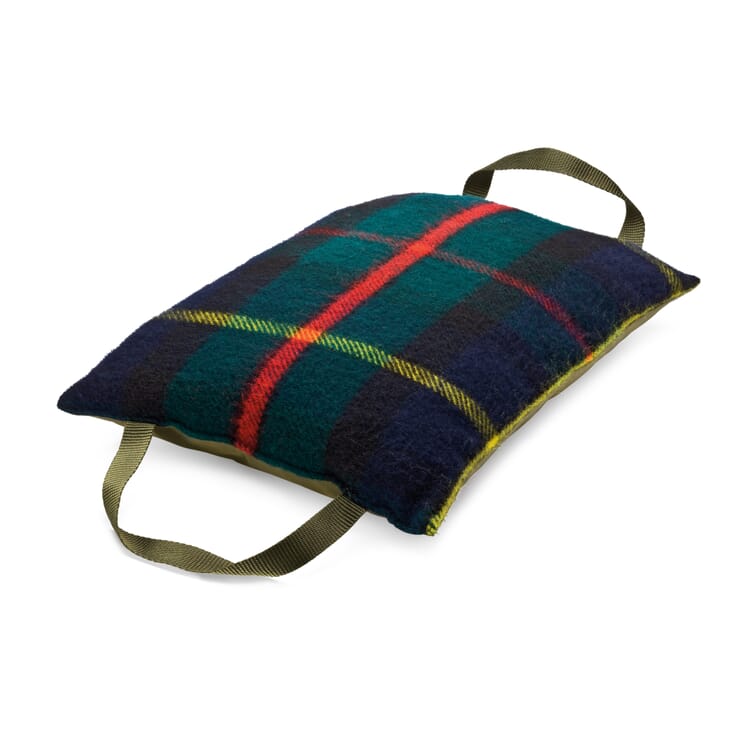Soil cultivation. Loosen, dig, aerate
Taking care of the soil is an important part of annual gardening - after all, a stable, crumbly structure with sufficient humus is the basis for plants to grow and thrive. Loosening, aerating, weeding, hoeing and leveling the beds, incorporating compost or fertilizer, and, before a new border can be established, digging up: For each of these activities you will find in our garden assortment specialized tools forged in carbon steel or in stainless steel according to their function. Once all the work is done, rain and irrigation water can not form puddles, the rising groundwater evaporates slowly. In such a prepared, well-ventilated nutrient soil can develop a lively biological activity - earthworms and other organisms find a wide field of activity in the many small cavities.
Multifunction tool
A tinkerer from the Upper Palatinate has devised this useful garden tool: First and foremost, it is a weeding tool that can be used to get at really deep-rooted weeds (up to 25 cm). The strong handle made of solid beech wood can be loaded with full force and full body weight, so that the ground, cleanly finished blade can be driven far into the ground with little effort. However, the shape of the blade allows it to do other things as well: aerate compacted soil, cut roots, make planting holes for bulbs or watering holes for tall woody plants.
Remove weeds and loosen soil
Loosening and airing. Remain on the surface
In all these operations, it is important that, if possible, only the topsoil crumb is worked and not mixed down to the depth. The reason: the helpful soil organisms that ensure good aeration and nutrient release use their preferred soil depth as a habitat. If they are transported from the top to the bottom (and vice versa), for example when digging, they either die or take quite a while to restore the old conditions.



